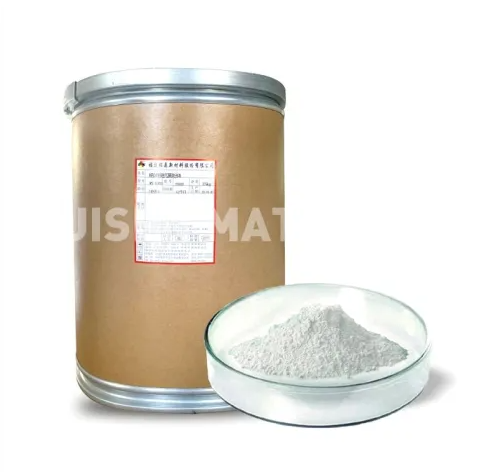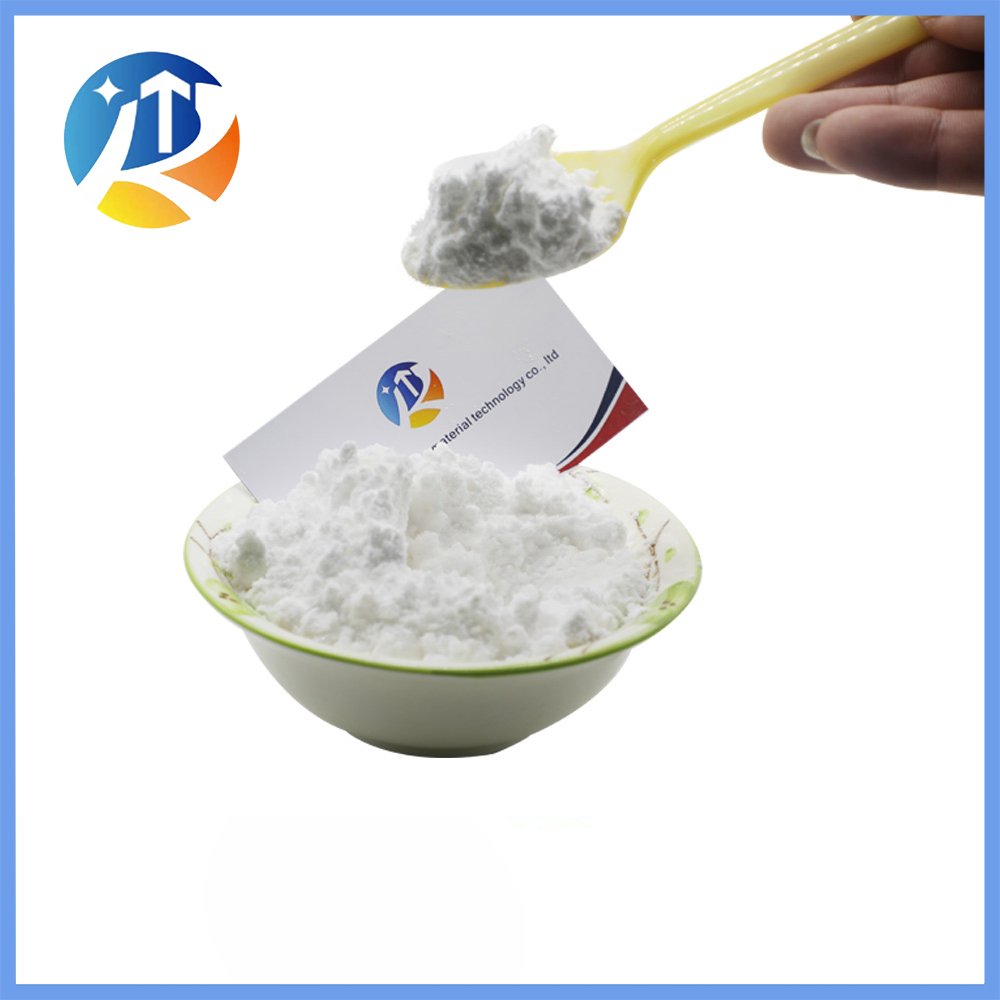What is zirconium phosphate used for?
What is Zirconium Phosphate Used For?
Zirconium phosphate, a compound with the chemical formula Zr(HPO₄)₂, finds multifaceted applications across various industries owing to its unique properties. Primarily, it is utilized as a versatile material in catalysts, ion-exchange processes, and even in biomedical applications.
Understanding the Versatility of Zirconium Phosphate
Zirconium phosphate's distinctive structure, featuring layers of zirconium ions sandwiched between phosphate groups, imparts exceptional ion-exchange capabilities. This property forms the basis for its diverse applications. In catalysts, the material serves as a solid acid catalyst, promoting numerous chemical reactions crucial for industrial processes.
Catalytic Applications of Zirconium Phosphate
Zirconium phosphate's catalytic prowess arises from its ability to facilitate acid-catalyzed reactions. The compound's surface acidity enhances reactions like esterification, alkylation, and dehydration. Industries such as petrochemicals, plastics, and pharmaceuticals benefit from its catalytic role in the synthesis of various organic compounds.
Ion-Exchange Processes with Zirconium Phosphate
Another pivotal application lies in ion-exchange processes. Zirconium phosphate's layered structure allows for the selective exchange of ions, making it a valuable material for water treatment and purification. In water softening, it effectively removes calcium and magnesium ions, preventing scale formation in industrial equipment and household appliances.
Related articles:What is zinc oxide used for?
What are the sectors of the cosmetic industry?
Exploring the Versatility of Artificial Grass Adhesive: Top 5 Practical Applications
Biomedical Applications and Zirconium Phosphate
Beyond industrial realms, zirconium phosphate has gained attention in the biomedical field. Its biocompatibility, low toxicity, and ion-exchange properties make it suitable for drug delivery systems. Zirconium phosphate-based nanomaterials can encapsulate and release pharmaceuticals in a controlled manner, contributing to advancements in targeted drug delivery.
The Significance of Zirconium Phosphate in Industry
The significance of zirconium phosphate in various industries lies in its ability to address critical challenges. In catalysis, it facilitates environmentally friendly processes by minimizing the need for liquid acids, reducing waste, and enhancing reaction efficiency. In water treatment, it aids in maintaining the integrity of infrastructure and ensuring the quality of water resources. The biomedical applications underscore its role in advancing healthcare through precise drug delivery mechanisms.
Future Implications and Ongoing Research
As research into nanomaterials and advanced catalysis continues, zirconium phosphate holds promise for further innovations. Ongoing studies explore its potential in emerging fields such as energy storage, where it may play a role in developing efficient batteries or supercapacitors.
Conclusion
In conclusion, zirconium phosphate's applications span catalysts, ion-exchange processes, and biomedical fields, showcasing its versatility and significance across diverse industries. Its unique structure and properties contribute to cleaner industrial processes, efficient water treatment, and advancements in drug delivery systems. As research advances, the compound's role in shaping the future of catalysis, energy storage, and other domains remains an exciting area of exploration.
What are the uses of bleaching powder?
WHAT ARE SURFACTANTS AND HOW DO THEY WORK?
What does ammonium sulphate do to plants?
Unlocking the Potential of Wood Cellulose Fiber: A Comprehensive Guide
Unlocking the Potential of C3F6 Gas in Cutting-Edge Applications
Nonionic Surfactants Q&A: Everything You Need to Know






